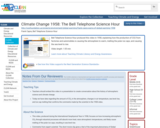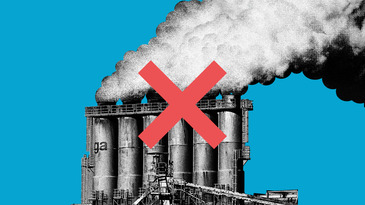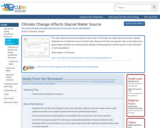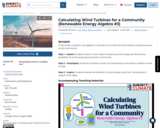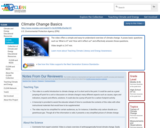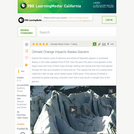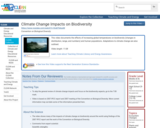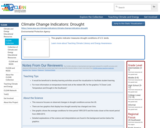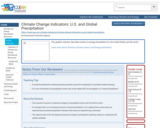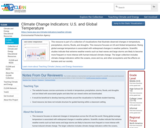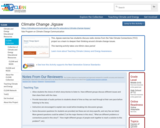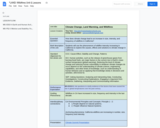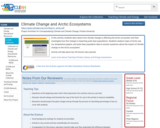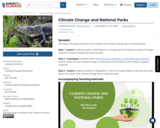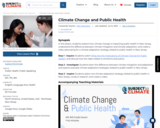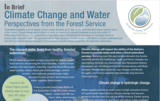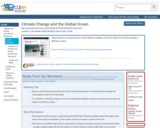SYNOPSIS: In this lesson, students explore how climate change is impacting public health in New Jersey, understand the difference between climate mitigation and climate adaptation, and create a video advocating for a climate adaptation strategy related to public health in New Jersey.
SCIENTIST NOTES: This lesson challenges students to consider the impacts of climate change on public health. The video defines public health in simple terms and how it affects and will affect students’ lives. Students are then encouraged to discuss how some of the quotes from the video make them feel and to investigate how climate change is linked to public health and justice. The differences between climate mitigation and climate adaptation are outlined, and sources are provided for further investigation. The lesson also includes links to credible sources to help students with their investigation. Students are encouraged to use their creative thinking skills to create a short video about climate adaptation strategies that could benefit New Jersey. This is a good lesson to challenge students' critical thinking and creative skills.
POSITIVES:
-Students collaborate with their peers to create short videos as the assessment in this lesson.
-Students get voice and choice as they select a climate adaptation strategy that matters the most to them.
-If you teach multiple classes, you may be able to share the videos from all of your classes with all of your students.
ADDITIONAL PREREQUISITES:
-Students should have access to the Teacher Slideshow on their own devices in order to explore example climate adaptation strategies, access links, and conduct research.
-There may be student confusion when explaining the difference between climate mitigation and climate adaptation. Students may need more guidance as they choose their climate adaptation strategy. For example, students may gravitate toward "more renewable energy" or "more electric cars." Both of these are examples of climate mitigation strategies. Guide them toward climate adaptation strategies instead.
-Some students may select climate adaptation strategies that are not directly related to public health. This may include building sea walls or planting more drought-resistant crops. These are climate adaptation strategies, but they are not directly related to public health.
-Students can use the examples of how climate change impacts public health in New Jersey on the Teacher Slideshow to brainstorm ideas when choosing a climate adaptation strategy.
DIFFERENTIATION:
-It may be best to group students of mixed ability. Conducting research for their videos might be the trickiest part of the lesson, and students with strong research skills and media literacy may be able to guide their groups.
-Students can take turns being the videographer for their group.
-You may require all students to have speaking roles in their videos. One student may also be the designated videographer for the group.
-You can have students write scripts for their videos before recording. Other groups, however, may simply want to record their videos over and over again until they get a good take.
-Students can record their videos on school-approved devices like laptops, iPads, or iPods. If these devices are not available, it may be necessary to have students use their personal devices.
